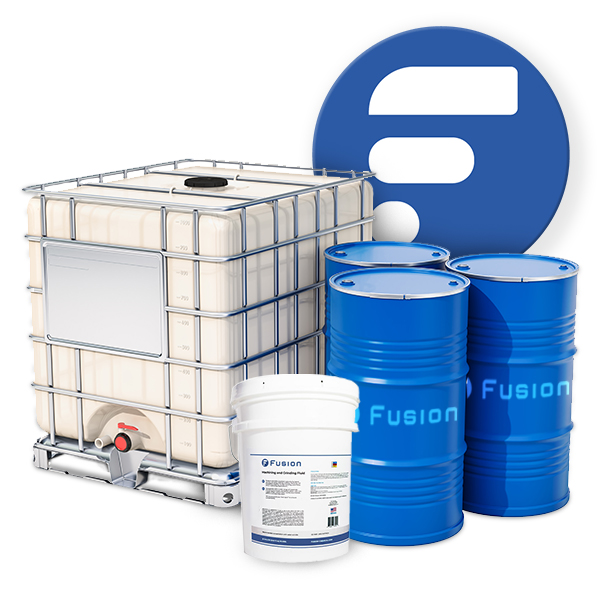- Joined
- Feb 16, 2022
- Messages
- 615
I found this quenchant on amazon. It's by fusion chemical, called fusion quench 15. Basically it's a non flammable quenchant, that you mix in different ratios with water from (5 to 40%). Depending on the speed you want to cool the steel down.
I looked it up, and really didn't find a lot of information on it. I figured I would see if you guys had any experience with it, or have heard of this stuff.
I would post a link, but I'm not sure what the rules are about posting to amazon. I'm not necessarily interested in buying any. Just curious about this stuff.
I looked it up, and really didn't find a lot of information on it. I figured I would see if you guys had any experience with it, or have heard of this stuff.
I would post a link, but I'm not sure what the rules are about posting to amazon. I'm not necessarily interested in buying any. Just curious about this stuff.

